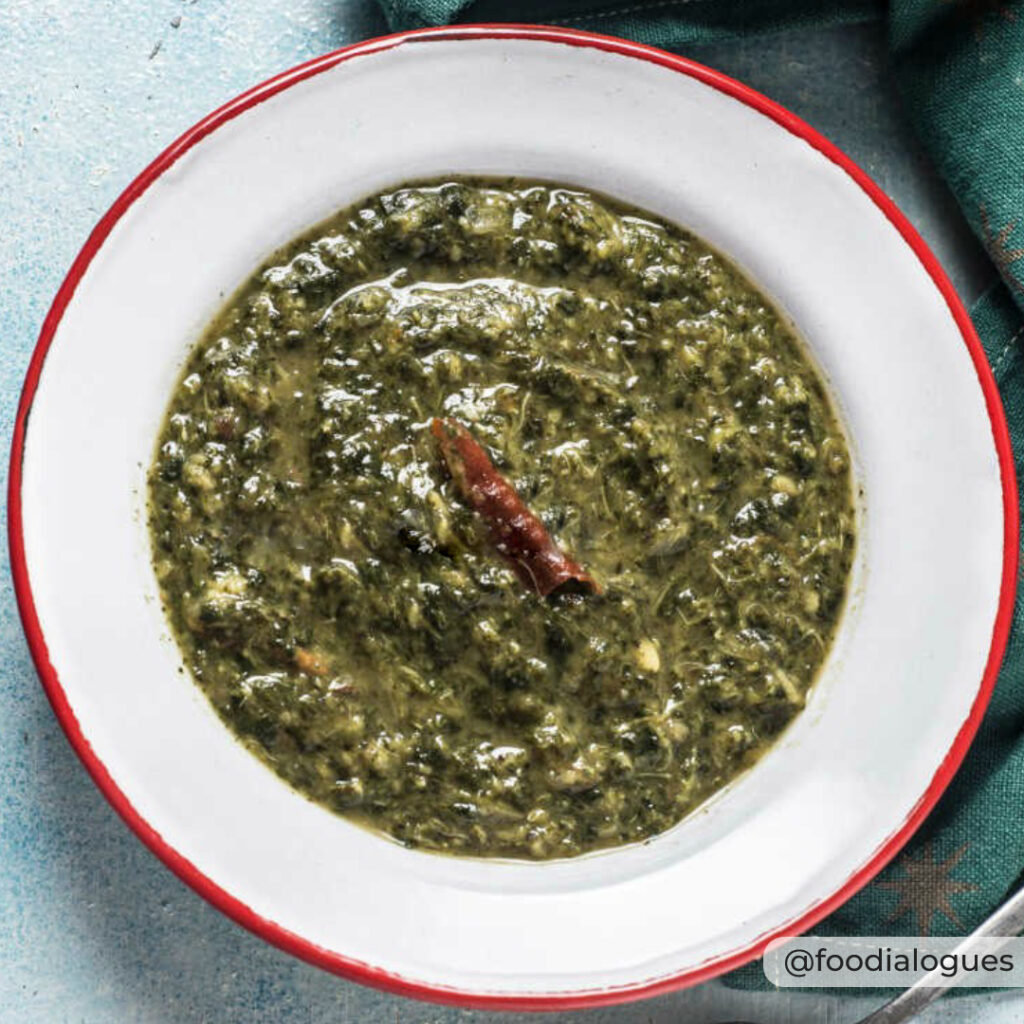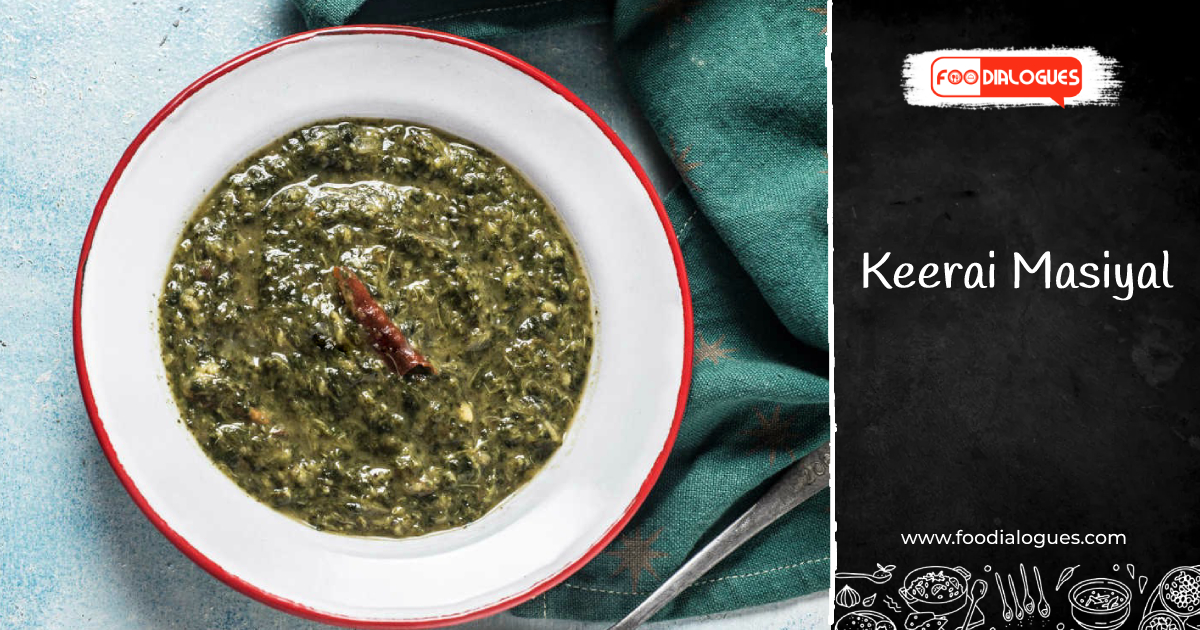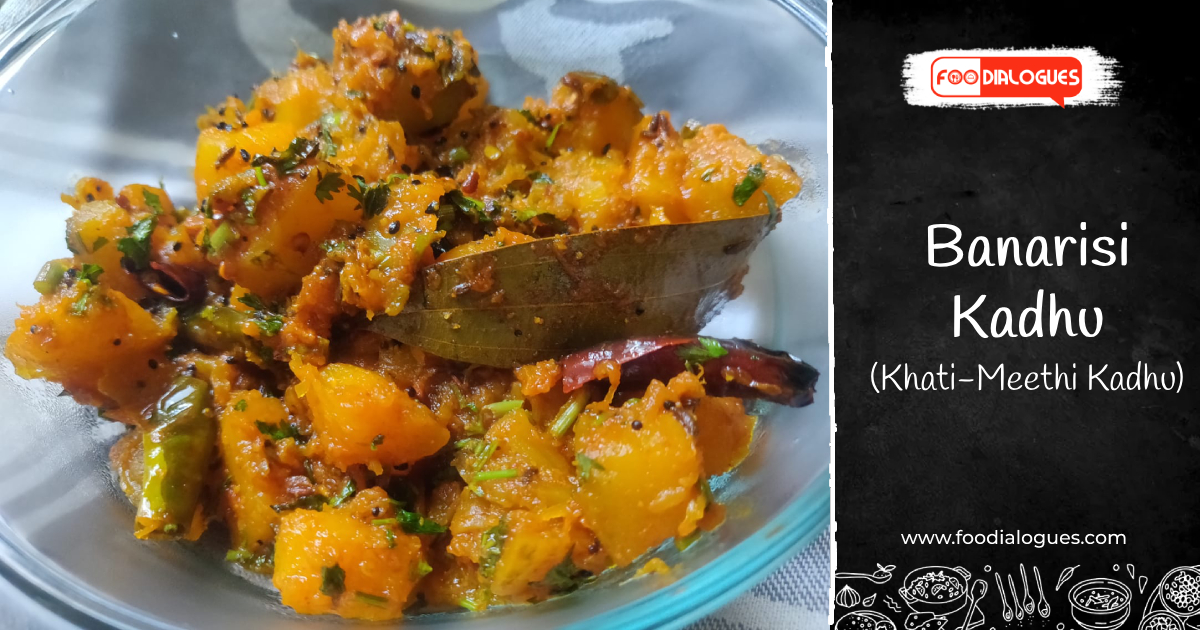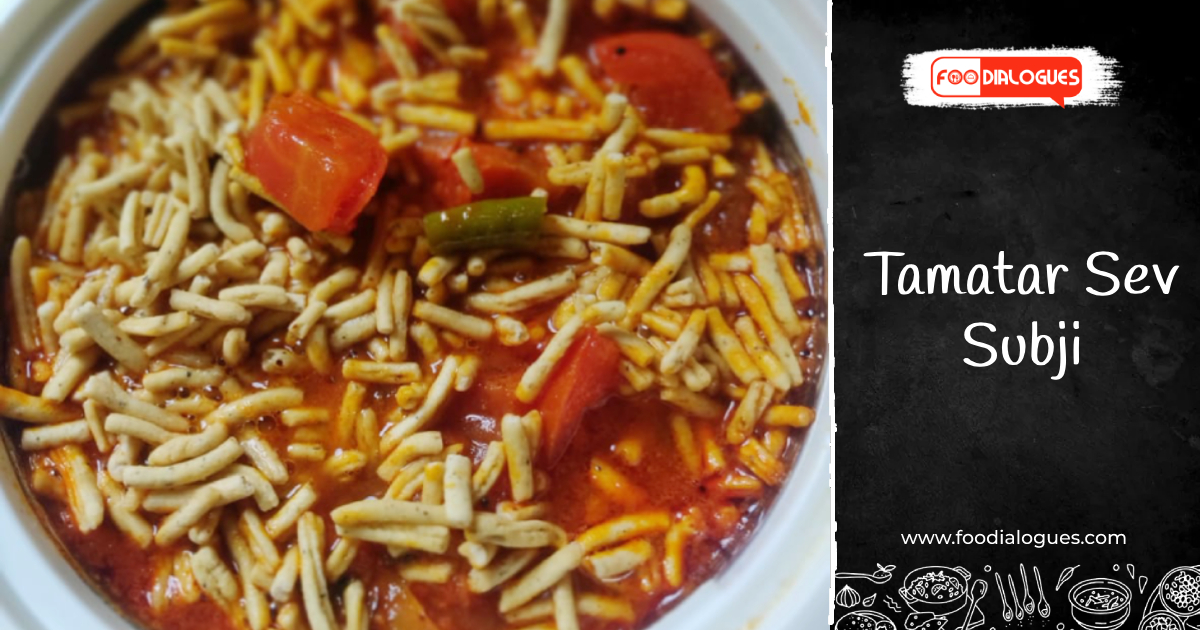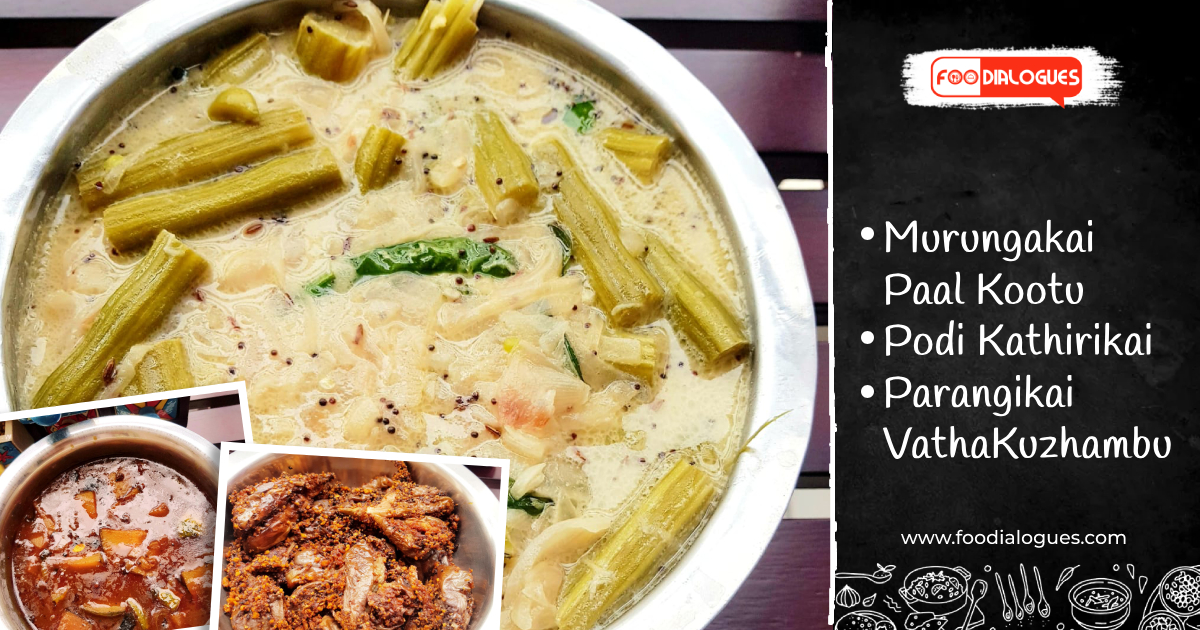Greek Hay or the Fenum Graecum commonly referred to as Fenugreek, is a relic of ancient Rome & Greece. Unfortunately forgotten in its original homeland is still alive in India as a spice and herb spreading its flavours in our native cuisine. K.T Achaya the renowned food historian reveals that the first Indian reference to fenugreek is in the Sanskrit Literature of 800-340 BC. The fresh plant with leaves, dry seeds, and the dried leaves are extensively used in Indian cooking. The aromatic bitterness of this herb/spice is unique, relished and very much identified as an Indian aroma.
The fenugreek leaves, the desi greens are widely used in parathas, theplas, poori, aloo-methi, Methi matar malai ,Aloo-Methi Dosa….The mild bitterness gives way to a pleasant aroma while cooking. A storehouse of iron these leaves are a boon for diabetics and have a positive impact on blood lipids. The winter bounty in the Mumbai marketplace enticed me into buying loads of this green treasure. The leaves were chopped and set aside for methi poories while the bare stalks were used in a flavourful Vendaya/ menthiya kuzhambu …a traditional Tamil Iyengar fare that pairs well with a keerai masial. The fresh stalks were liberally used in place of the fenugreek seeds
Hop on to my blog for the recipe of Vendaya Kuzhambu and short videos/recipe of Keerai Masial. This Keerai masial is made with palak/spinach, a minimalistic subtle recipe that pairs well with the spicy tangy kuzhambu.
Ingredients for Keerai masiyal recipe:
- Spinach /Palak Chopped 2 C
- Rice flour 1 tsp
- Red Chilly 2
- Cumin/Jeera 1 Tsp
- Asafoetida ½ Tsp
- Salt As Required
- Sesame Oil 1 Tsp
Preparation Method for Keerai Masiyal Recipe:
- Add about ½ C of water, sprinkle the required salt and cook till soft.
- Mash the greens , add the rice powder slurry, and bring to a glossy boil.
- Remove and temper.
Keerai Masiyal is Ready 🙂
